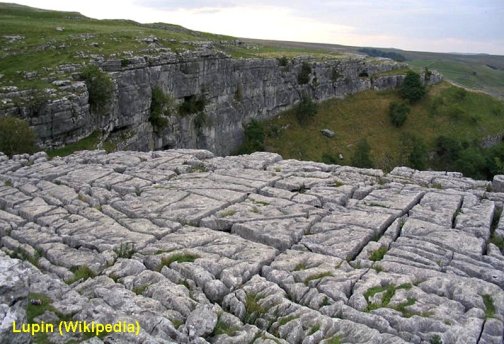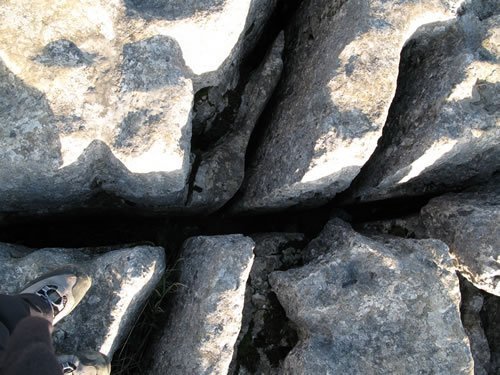Calcite is the major component of limestone typically more than 95 and under surface conditions limestone will dissolve to varying degrees depending on which minerals it contains other than calcite as shown in figure 5 12.
Chemical weathering in limestone and granite.
For example granite and gabbro are hard rocks that are weathered only slowly.
When these rocks dissolve the materials which make them up become ions in solution in the water and are carried away with it.
The solution of soluble minerals is particularly important in limestone landscapes.
Two important ones are rock salt and limestone.
The little chunks of granite are weathering and accumulating in topographic lows.
Both have been used as key building blocks over the centuries.
Although the science behind the formation of these types of rocks is complex you can.
Limestone areas are predominantly affected by chemical weathering when rainwater which contains a weak carbonic acid reacts with limestone.
Granite is extremely hard and less affected by the freeze thaw cycle the forces of abrasion and the surface exfoliation processes that are all a part of physical weathering.
This causes the limestone to dissolve.
Weathering is the breakdown of rock by physical chemical or biological processes.
Carbon dioxide and sulphur dioxide.
The grand canyon for example was formed to a large degree by the mechanical weathering action of the colorado river.
A gravestone made of granite will therefore resist fracturing cracking and chipping longer than a sandstone marker found in the same location.
Chemical weathering can produce caves made of limestone some types of rock are not easily weathered by chemicals.
5 2 chemical weathering.
Mechanical weathering occurs when water drips or flows over rock for prolonged periods.
They are however very different in their composition appearances and uses.
Carbon dioxide from the respiration of animals and ourselves is one cause of increased carbon dioxide in the atmosphere.
Chemical weathering some material on this page borrowed from usgs.
Limestone also dissolves at relatively shallow depths underground forming limestone.









